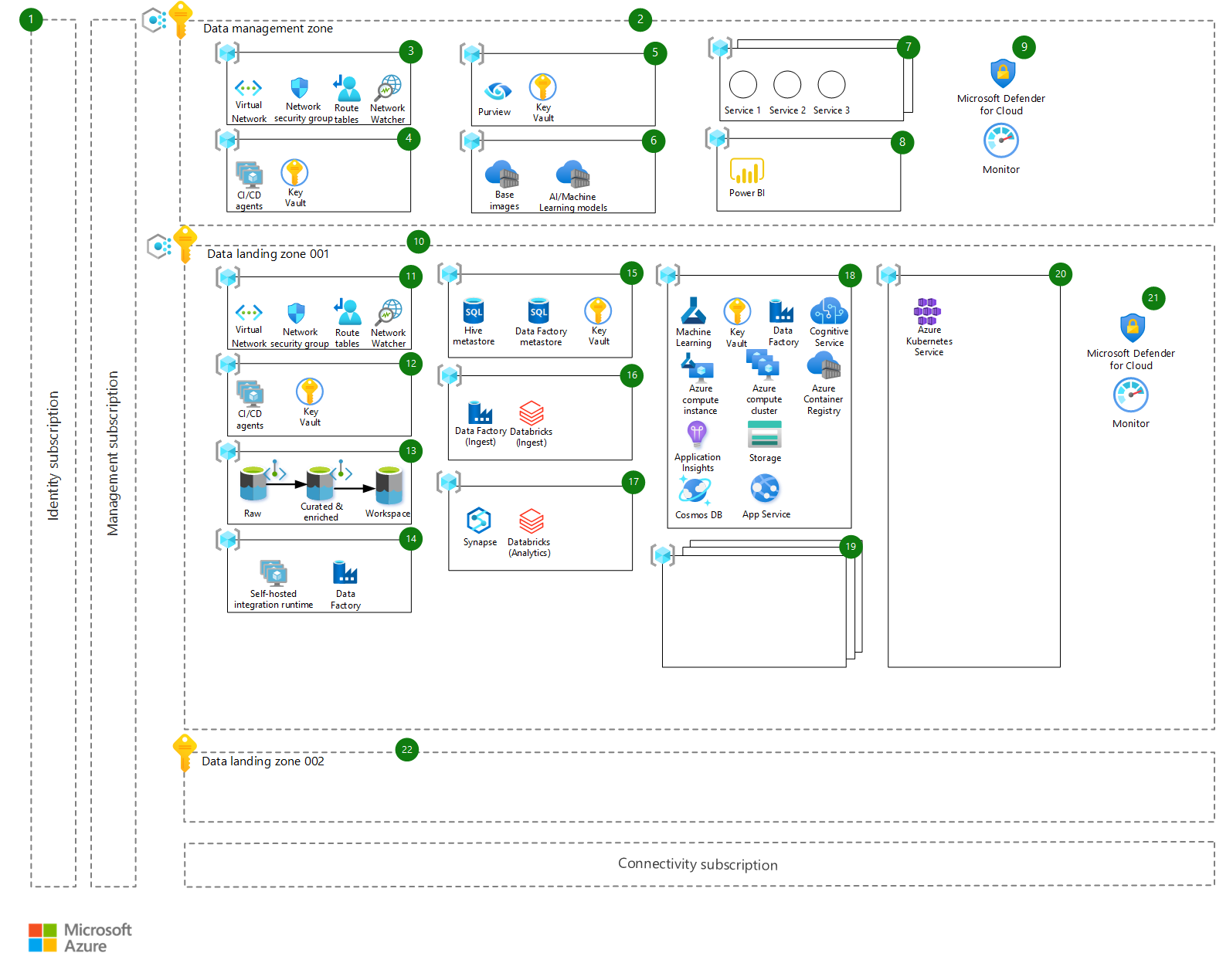10 Critical Infrastructure Decisions Every Enterprise Must Make for AI Success
The landscape of enterprise AI computing is evolving rapidly, with recent developments highlighting the complexity of scaling AI infrastructure effectively. As enterprises race to implement AI solutions, the infrastructure decisions made early in the journey can have long-lasting impacts on success, scalability, and cost-effectiveness. Drawing from OpenAI’s recent infrastructure challenges and broader industry experiences, here are the ten critical decisions every organization must carefully consider before scaling their AI initiatives.
1. Cloud, On-Premises, or Hybrid Infrastructure
The foundation of any enterprise AI strategy begins with a fundamental choice: pure cloud, on-premises, or hybrid infrastructure. This decision shapes not just technical capabilities but the entire trajectory of an organization’s AI journey.
Recent developments, including OpenAI’s strategic shift beyond Microsoft’s infrastructure, highlight why architectural flexibility matters. A hybrid approach often provides the best balance, offering:
- Data sovereignty control for sensitive operations
- Cost optimization through workload distribution
- Reduced vendor lock-in risk
- Enhanced operational resilience
2. Computing Requirements
The ability to scale AI infrastructure efficiently often determines the success or failure of enterprise AI initiatives. Key elements of effective scalability planning include identifying scaling triggers and thresholds, determining optimal scaling patterns, planning for geographic distribution, and establishing clear capacity management protocols.
3. Multi-Vendor Strategy
Over-reliance on a single vendor carries significant risks. A thoughtful multi-vendor strategy enables organizations to maintain negotiating leverage, ensure service continuity, access best-in-class capabilities, and optimize costs through competition.
4. Cost Optimization
Effective cost optimization in AI infrastructure requires clear cost attribution models, real-time usage monitoring, automated resource scaling policies, and regular efficiency audits.
5. Scalability Planning
The ability to scale AI infrastructure efficiently often determines the success or failure of enterprise AI initiatives. Key elements of effective scalability planning include identifying scaling triggers and thresholds, determining optimal scaling patterns, planning for geographic distribution, and establishing clear capacity management protocols.

6. Energy Consumption
As AI workloads grow increasingly complex, energy consumption has emerged as a critical consideration for enterprise AI infrastructure. Organizations must consider power usage effectiveness metrics, cooling system requirements, carbon footprint implications, and renewable energy options.
7. Hardware Decisions
Hardware decisions form a critical foundation of AI infrastructure success. Strategic hardware procurement requires clear refresh cycle planning, vendor evaluation frameworks, supply chain risk assessment, and performance benchmarking standards.
8. Risk Mitigation
Robust risk mitigation strategies become essential as AI becomes central to business operations. Essential risk mitigation elements include redundancy planning, geographic distribution of resources, regular disaster recovery testing, security protocol implementation, and compliance framework adherence.

9. Monitoring Systems
Effective monitoring systems provide the visibility needed to maintain optimal AI infrastructure performance. Key monitoring considerations include real-time performance tracking, predictive maintenance capabilities, capacity utilization metrics, cost efficiency indicators, and user experience monitoring.
10. Future-Proofing
Organizations must balance current needs with future flexibility by developing technology roadmaps, upgrade path planning, integration flexibility, and innovation capacity building to ensure sustainable growth and success in their AI journey.
As enterprises continue their AI journey, these ten infrastructure decisions form the foundation for successful scaling and sustainable growth. Thoughtful planning and strategic decision-making in these areas can mean the difference between successful AI implementation and costly setbacks.




















